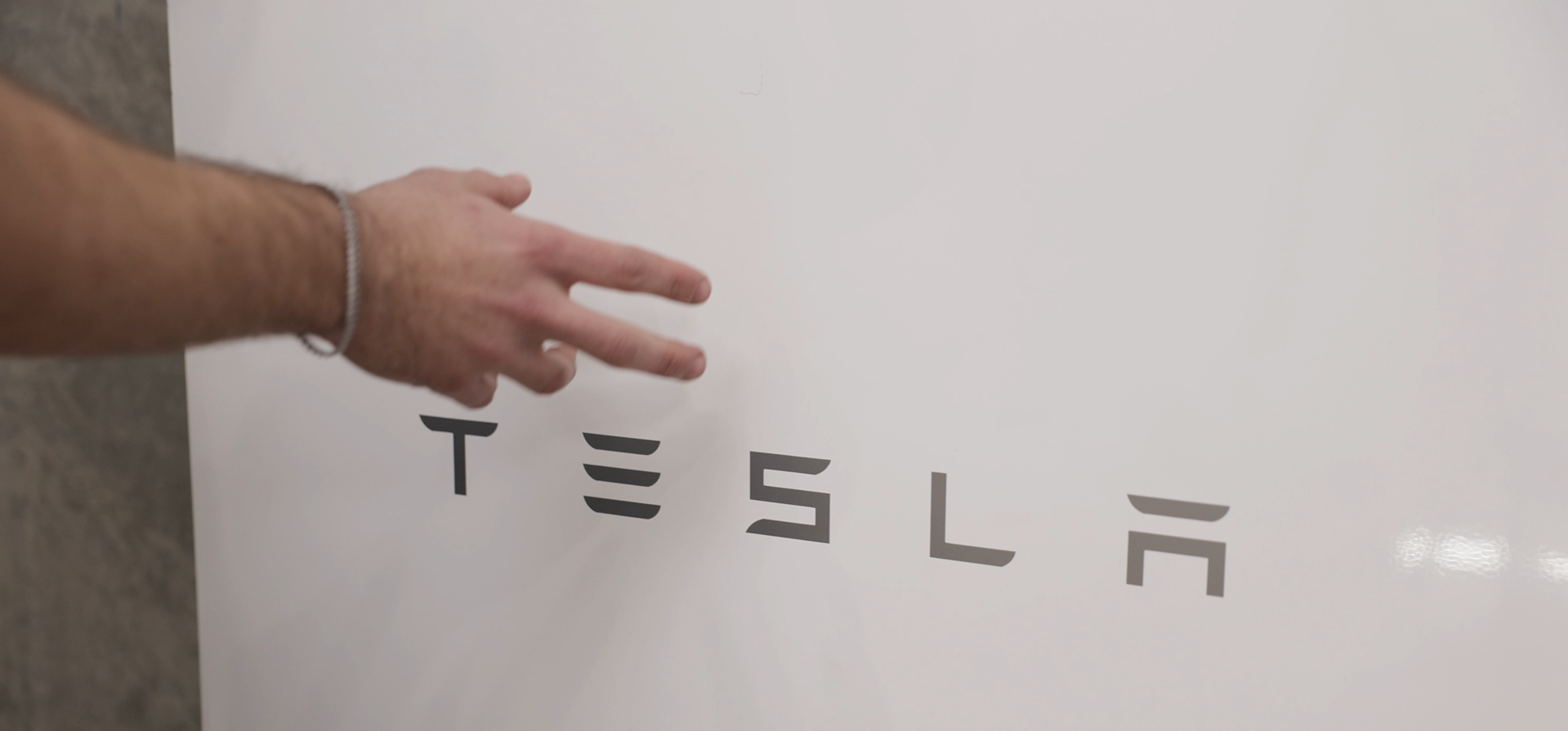
Comprehensive Guide to Tesla Powerwall 3
Comprehensive Overview of Tesla Powerwall 3 for Home Energy Solutions
Tesla’s Powerwall 3 has garnered significant interest among Australian homeowners, particularly for its application in three-phase electrical systems. While it's a single-phase battery, it can efficiently operate in three-phase homes, providing substantial benefits while the grid is operational.
Advanced Features and Capabilities
The Tesla Powerwall 3 stands out with its impressive 13.5 kWh energy storage capacity and an elevated continuous power output of up to 11.5 kW. This increase allows for the smooth operation of larger household appliances continuously, which is crucial during power outages.
Starting Power for Heavy Appliances: The Powerwall 3 has significantly improved its ability to start up high-energy appliances. With a capacity to handle up to 185 starting amps, it offers a 75% improvement over the previous model. This enhancement ensures that appliances like refrigerators and air conditioners turn on smoothly without overloading the system, providing reliable performance during both everyday use and power outages.
Optimised Solar Integration: The device is compatible with solar setups up to 20 kW and includes six Maximum Power Point Trackers (MPPT), improving solar energy conversion efficiency. This capability is critical for homeowners looking to optimise their return on solar investments.
Scalability and Flexibility: The Powerwall 3 can be seamlessly integrated into both new and existing solar installations. It offers flexibility for system expansion adding up to 3 addition TPW3 totalling 4 batteries , making it an ideal choice for future energy planning.
Configurations for Diverse Home Setups
The Powerwall 3 is designed to be adaptable, catering to both single-phase and three-phase homes:
- Single-Phase Homes: In these setups, the Powerwall 3 functions effectively to provide backup power and enhance solar utilization without additional configurations.
- Three-Phase Homes: For three-phase homes, the Powerwall 3 can offset electricity costs across all phases when the grid is up. However, during grid outages, it backs up only the phase it’s connected to. Planning is essential to ensure critical loads are managed during outages.
For homes with existing solar installations:
- Single-Phase Solar Homes: The Powerwall 3 can integrate with existing single-phase systems, possibly allowing older inverters to be replaced with the Powerwall’s updated technology.
- Three-Phase Solar Homes: Homeowners can either use the Powerwall 3 as a backup battery or reconfigure part of their solar array to pair with the Powerwall, enhancing backup power capabilities during outages.
- Bypass the Powerwall Inverter: For 3 phase properties or in cases where you'd just prefer to use your existing inverter the Powerwall 3 single phase inverter can be bypassed and does not have to be used.
Breaking Down the Powerwall 3 Specs
Here’s a table comparing the 2 Powerwall models:
Powerwall Models Powerwall 2 Powerwall 3 Energy Capacity 13.5 kWh 13.5 kWh Scalability Up to 10 units Up to 4 units Stacking Up to 3 Currently 1** Continuous Output 5kW 11.5 kW Load Start Capacity 106 LRA 185 LRA Weight 113.8 kg 130.1 kg Round-Trip Efficiency 90% 90% Built-in Inverter No Yes MPPTs N/A 6 Warranty 10 years 10 years
Considerations for Installation and Use
When considering the Powerwall 3, homeowners need to assess their specific energy needs, especially how the system will perform during grid outages. It's also crucial to consider local regulations and utility company policies, which can influence installation options and system capabilities.
Economic and Long-Term Benefits
Incentives and Rebates: The NSW Solar Battery Rebate, available from November 2024, offers homeowners significant discounts on the installation of solar battery systems. You could receive between $1,600 to $2,400 off the installation costs
Support and Upgradability: Tesla continues to support older models like the Powerwall 2 with updates, ensuring long-term functionality. The anticipated DC expansion packs for the Powerwall 3 will offer even greater scalability and energy management options.
Conclusion
The Tesla Powerwall 3 represents a significant advancement in home energy solutions, offering robust features and flexible configurations that cater to a wide range of household setups. Its integration capabilities with EV chargers and solar systems make it a comprehensive solution for modern energy demands. With the ability to adapt to future technological enhancements, the Powerwall 3 is an excellent investment for those seeking to optimize their home energy systems for sustainability and reliability.
If you are interested in just understanding how the Tesla Powerwall 3 works with 3 phase properties please view our blog page for more information
